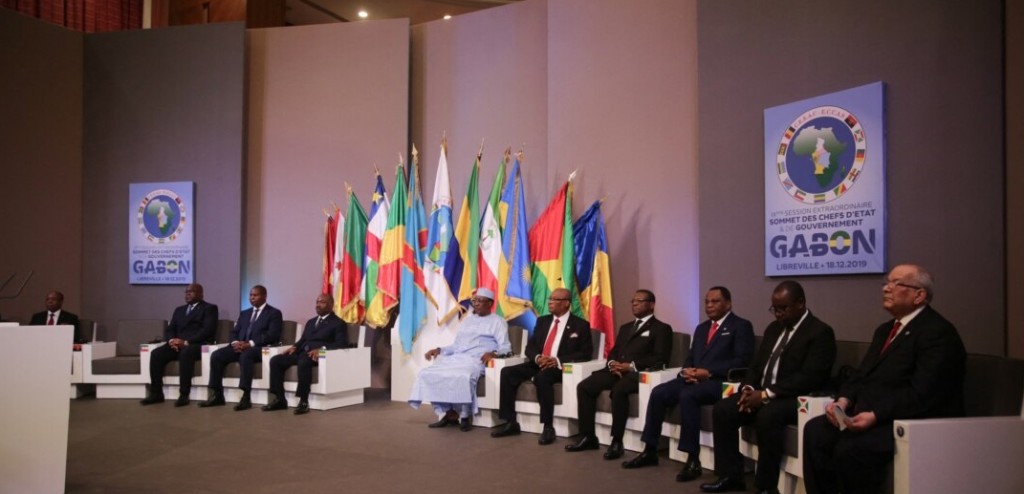Finding out where China has been spending and investing the money it has received through the Belt and Road Initiative may give FDI hints and indicate new prospects in the countries that are the recipients of those funds (Anuchitworawong & Thampanishvong, 2015). The construction of new infrastructure begins to generate productive user cash flows, and as a result, there is an increased need for following support services. At this point, case studies for possible investment opportunities become obvious. In the first part of this brand-new series, we will investigate the areas in which China has invested its money and the areas in which there are potential for returns on investment for international investors who want to capitalize on opportunities offered by the BRI project (Anuchitworawong & Thampanishvong, 2015).
Thailand’s geostrategic location in the center of the ASEAN free trade bloc, with free trade access also to China and India, has made it a hub for many Chinese investors. Thailand has been a constant receiver of Chinese investment for some time now (Anuchitworawong & Thampanishvong, 2015). This has most obviously taken the form of a push toward digital economies, which is establishing Thailand not just as a connection center but also as a major node for Asia in terms of new technology. Chinese investments into different Thai-based ventures in crypto currency, financial technology, block chain, and artificial intelligence, as well as health care, particularly medical tourism, are both raising and making a significant amount of money.




